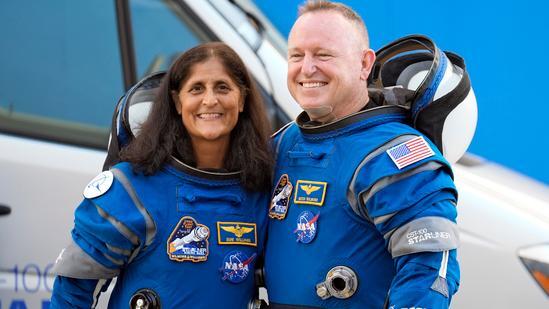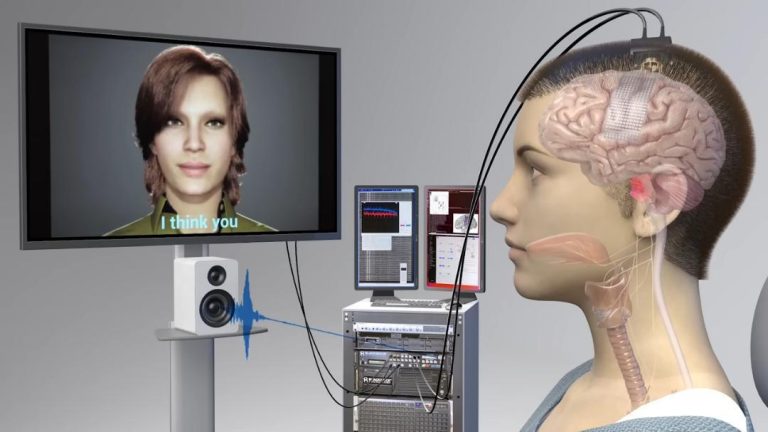
How are Sunita and Wilmore recovering after 9 months in space?
In December 2021, NASA astronauts Sunita Williams and Butch Wilmore embarked on a historic mission to the International Space Station (ISS), marking the longest single stay in space by American astronauts. The remarkable journey, which lasted an astonishing nine months, has brought new challenges and opportunities for the two space travelers. As they return to Earth, they are undergoing a comprehensive 45-day rehabilitation program to adapt to life on our planet once again.
The Journey to Space
Before their departure, Sunita Williams, a veteran astronaut with over 322 days in space, and Butch Wilmore, a seasoned astronaut with over 122 days in space, underwent rigorous training to prepare for the challenges they would face during their extended stay on the ISS. The mission aimed to test the astronauts’ physical and mental endurance, as well as the effectiveness of NASA’s long-duration spaceflight protocols.
During their time on the ISS, the astronauts conducted scientific experiments, performed maintenance tasks, and participated in various educational activities. However, their prolonged exposure to microgravity and isolation from the natural environment has taken a toll on their bodies.
Rehabilitation Efforts
In preparation for their return to Earth, NASA has assembled a team of specialists to aid the astronauts in their recovery. Wilmore, in a recent interview, shared his experiences with the rehabilitation program, stating, “We’ve a group of specialists integrated with us for workouts. I was stronger on Space Station than I’ve been in my entire life.”
Sunita Williams has also reported significant progress, crediting the specialists for her remarkable recovery. In an interview, she revealed that she “sneakily went for a run” during the rehabilitation program, a testament to the effectiveness of the comprehensive approach.
Physical Challenges
Prolonged exposure to microgravity has caused a range of physical challenges for the astronauts. Muscle atrophy, bone loss, and vision impairment are just a few of the issues they have faced. The rehabilitation program is designed to address these challenges through a combination of exercise, physical therapy, and medical treatment.
Wilmore has spoken about the specific challenges he has faced, including muscle weakness and reduced endurance. “I’d be sitting at a console, and I’d get up to get a drink, and I’d be like, ‘Wow, I’m really tired.'” He has also reported experiencing eye strain and difficulty focusing, common issues for astronauts returning from space.
Mental Well-being
In addition to physical challenges, the astronauts have also faced mental health concerns during their extended stay on the ISS. The isolation and confinement of space can take a toll on mental well-being, leading to feelings of anxiety, depression, and fatigue.
To address these concerns, NASA has implemented various strategies to promote mental well-being. The astronauts have been encouraged to engage in recreational activities, such as reading and exercise, to maintain a sense of normalcy. The rehabilitation program also includes mental health support, including counseling and stress management techniques.
Conclusion
The remarkable journey of Sunita Williams and Butch Wilmore serves as a testament to human resilience and the incredible feats that can be achieved through scientific exploration. As they continue their rehabilitation program, it is clear that their experiences in space have had a profound impact on their physical and mental well-being.
As we reflect on their incredible journey, we are reminded of the importance of investing in space exploration and the incredible benefits it can bring to humanity. The rehabilitation efforts of Sunita and Wilmore serve as a shining example of the dedication and expertise of NASA’s team, ensuring that these remarkable astronauts receive the care and support they need to thrive after their incredible journey in space.
Source:






